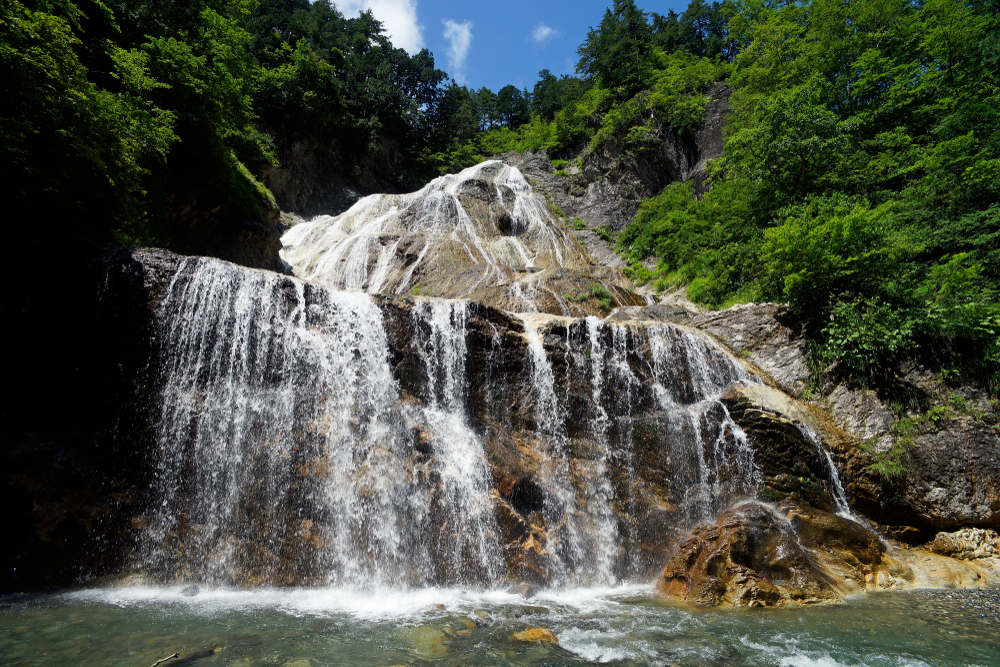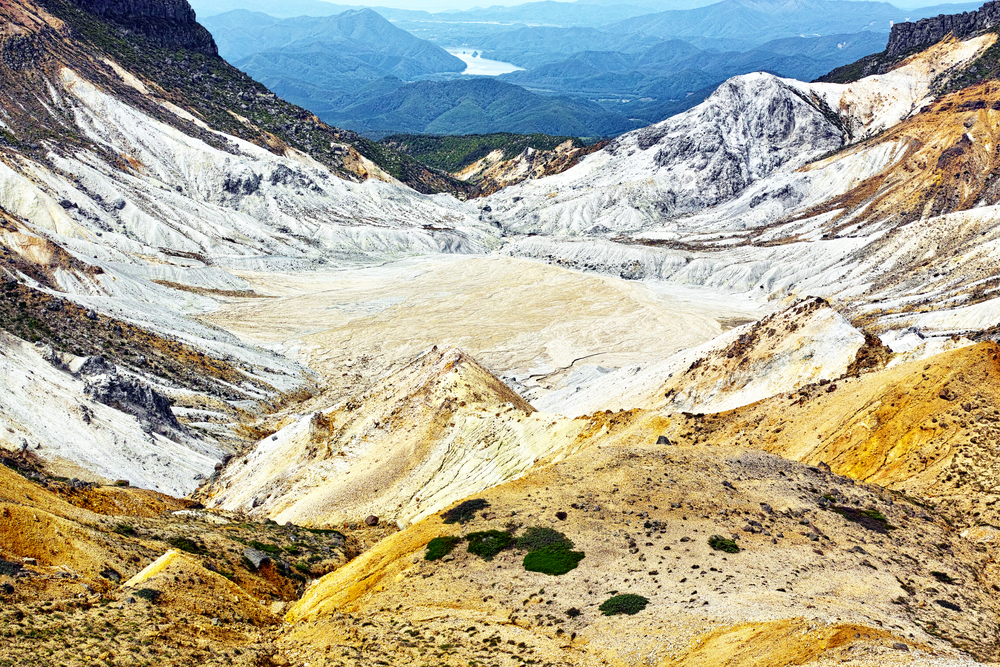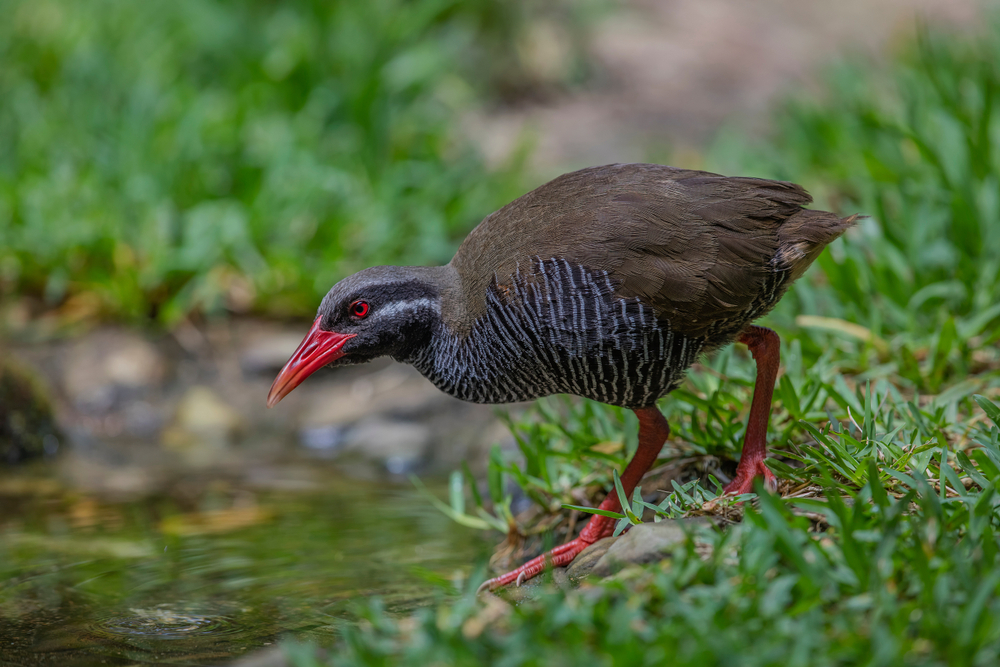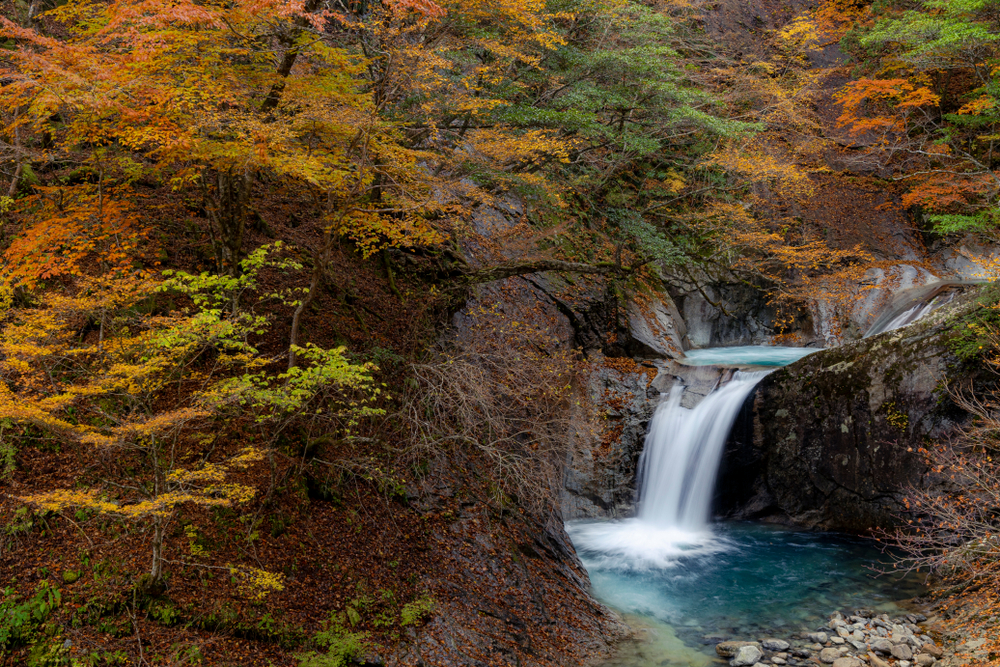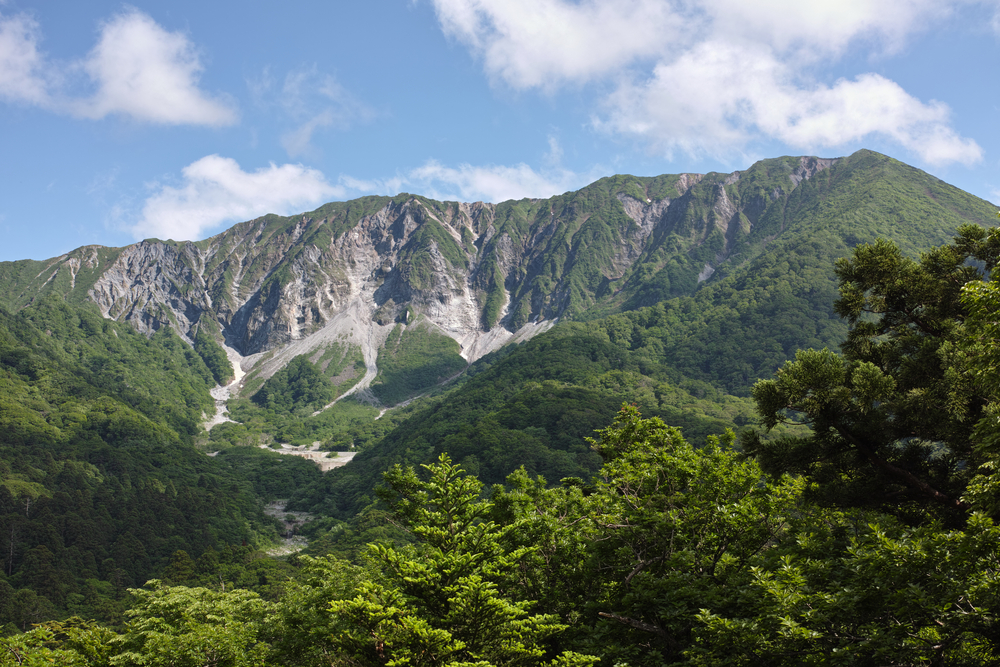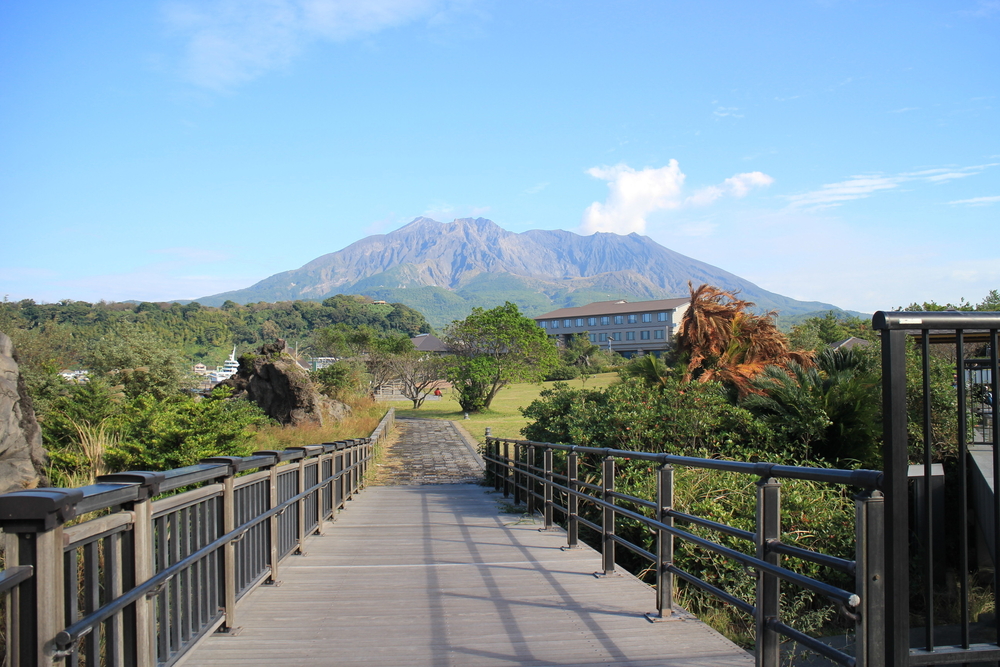Hakusan Overview
Hakusan National Park, known as 白山国立公園 (Hakusan Kokuritsu Kōen) in Japanese, is a breathtaking natural reserve located in central Japan, spanning across Ishikawa, Fukui, Gifu, and Toyama Prefectures. Encompassing an area of approximately 185 square miles (478 square kilometers), the park is named after Mount Hakusan, a dormant stratovolcano that rises majestically to 8,865 feet (2,702 meters). This sacred mountain has long been revered in Japanese culture for its spiritual significance and its commanding presence within the region.
The park’s terrain is a captivating blend of rugged mountains, deep valleys, and rolling highlands, interspersed with alpine meadows, dense forests, and pristine rivers. The landscape is characterized by striking features such as the Tedori River, which carves dramatic gorges through the terrain, and the Shiramizu Falls, a cascading wonder that exemplifies the park’s unspoiled beauty. In spring and summer, the alpine flora comes alive with vibrant colors, featuring endemic species like the Hakusan rhododendron and Hakusan anemone. The lower altitudes are dominated by deciduous forests, including beech and oak trees, which transform into a stunning palette of reds and golds during the autumn months.
Hakusan National Park is a haven for wildlife, offering a diverse ecosystem that supports a variety of species. Among its most notable inhabitants are the Japanese serow, a goat-antelope unique to Japan, and the Asiatic black bear, which roams the dense forests. Bird enthusiasts can delight in spotting rare species such as the golden eagle and the rock ptarmigan, both of which thrive in the park’s alpine environments. The rivers and streams are teeming with aquatic life, including the Japanese char, a fish prized for its ecological importance and delicate beauty.
Visitors to Hakusan National Park can immerse themselves in its natural splendor through various activities. Hiking is a primary draw, with trails ranging from accessible pathways to challenging routes that lead to Mount Hakusan’s summit. In winter, the park transforms into a snowy wonderland, attracting snowshoers and backcountry skiers. The Shiramine area offers a glimpse into traditional mountain villages, complete with historic architecture and hot springs, where visitors can relax after a day of exploration. Seasonal festivals, such as those celebrating the mountain’s spiritual heritage, provide unique cultural experiences.
The park faces ongoing conservation challenges, including the impacts of climate change on its alpine ecosystems and pressures from tourism. However, its management has achieved notable successes in habitat preservation and species protection. Initiatives such as the establishment of buffer zones and public awareness campaigns have been instrumental in maintaining the park’s ecological integrity. Local communities and government agencies collaborate to ensure sustainable tourism practices, striking a balance between accessibility and preservation.
Hakusan National Park stands as a testament to Japan’s dedication to preserving its natural and cultural heritage. Its awe-inspiring landscapes, abundant wildlife, and rich traditions make it an unparalleled destination for nature lovers and adventurers alike.








































































